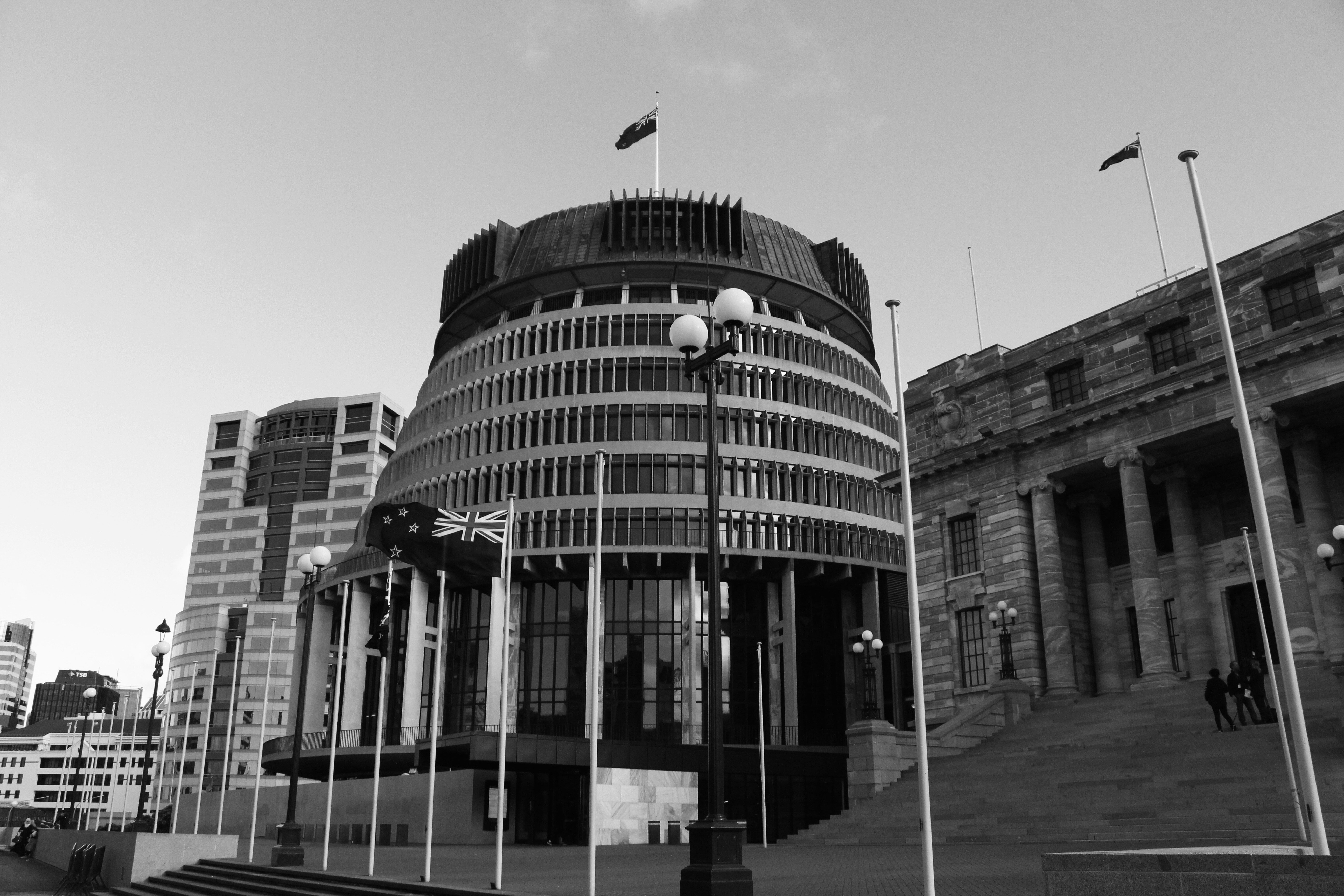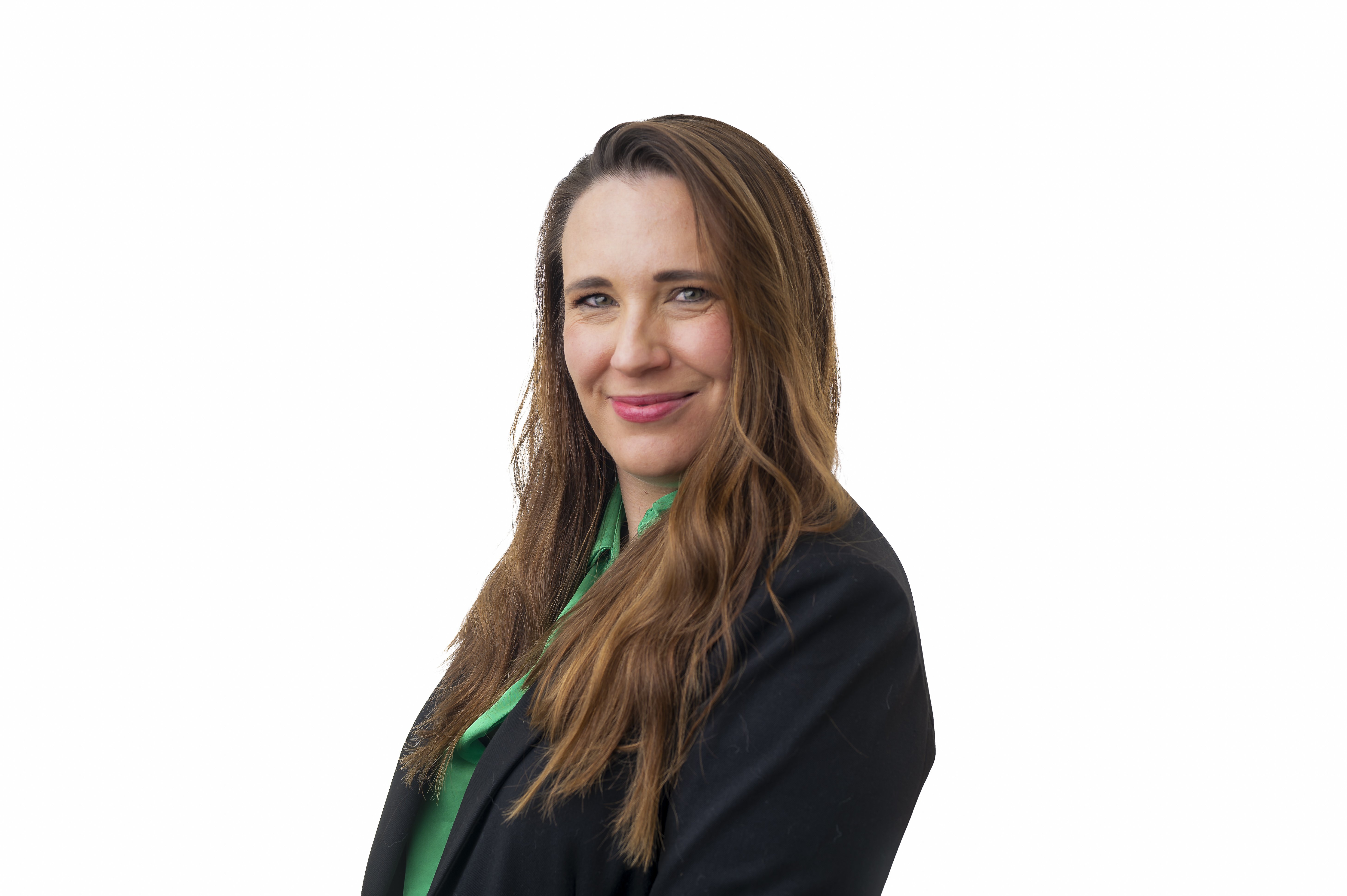by Rachel Mckay
This year’s Housing Summit featured over 30 speakers packed into a full day of discussion and debate.
Cam Calkoen was inspirational, discussing overcoming obstacles in our path with his compelling personal story living with Cerebral Palsy. He set the tone for the day, challenging attendees to surmount obstacles in property to promote green building despite resistance.
Shamubeel Eaqub then enlightened the audience with his keynote address examining the long term benefits that outweigh the cost of investing in better homes. Following morning tea, Richard Griffiths and Scott Figenshow discussed housing affordability through innovative financing methods such as renting to own and shared ownership.
In a big-picture wellbeing panel, Bindi Norwell and Dr. Rhys Jones discussed the detrimental health impacts of substandard living. Across New Zealand, damp houses with poor ventilation cause children to develop asthma. As Dr. Jones said, “Climate change has been described as the leading health concern of our time.” Unfortunately, these challenges disproportionately affect vulnerable populations.
Te Aorangi Corbett delivered her emotional personal story of living in substandard housing full of mold, where her son’s health was at risk, to moving into a Homestar certified house and seeing their lives change for the better. “I couldn’t wait to move,” Te Aorangi commented. Zane Raphael shared his family’s transition from substandard housing as well. While his old house had poor ventilation and insulation, he now lives in a Homestar rated Superhome.
Roger MacDonald and Patrick Dougherty took the stage to discuss building quality homes. They were optimistic, setting challenging and motivating goals for housing affordability. Quality homes, as they explained, require a holistic approach to sustainability. In Roger’s words, “we have to engage the whole sustainability agenda.” Patrick then explained that one way of accomplishing this is by building up rather than out to avoid sprawl.dr
Dr. Diaswati Mardiasmo provided insight into the Green Housing Scorecard, a rating tool not only to evaluate green features in a building, but also to make them known to homebuyers, who are largely unaware of the green aspects of homes they consider purchasing.
Green building leaders from around the world then discussed case studies where environment-centered design is showcased, setting precedents and inspiring change. Helen O’Sullivan discussed the Daisy Building, which through key sustainability features provides residents the option to live a “car-free life.” Cam Perkins illustrated the appeal of the Aura community in Australia, which is remarkable for its walkability and innovative green features. The Living House Project, the future personal home of Rochelle Payne, will be the first living building certified house, made with zero waste. Olivia Leal-Walker shared a heartwarming sentiment that the best way to reach people is by speaking their language, “the language of love,” and provided a fitting wrap up that emphasized the importance of building communities, not merely houses. Bob Burnett then provided an invigorating wakeup call, exposing New Zealand’s lackluster effort to regulate building requirements.
The next panel challenged outdated codes and tackled the “fear of change.” Anna Butler explained the balancing act between flexibility and safety of the public, while Jeff Fahrensohn addressed the costs and risks of not meeting inspection requirements. Daiman Otto then shifted perspective, proposing the question “is our average wrong?” If A equals average, where is the room for improvement, and moreover, where is the incentive to improve? This was food for thought as he then defined the “visible black swan,” saying that change is coming – it is inevitable. Phil Eaton and Kevin Sceats echoed the sentiment, discussing changes that need to be made and challenging the old adage, “If it ain’t broke, don’t fix it.”
Matt Petersen, a climate resilience driver in the United States, shared his work in LA and other parts of the country to push sustainability on a state and local level. To wrap up, he delivered his secret to fixing everything, and engaged the audience to recite in unison “I love my home.”
Along the same vein, Romilly Madew, NZGBC’s Sam Archer, and Matt Petersen discussed what needs to be done to improve the New Zealand building code and took a step back to examine building codes from Australia, the UK and the US. There was a vibrant Q&A session that sparked debate over the speed of change. Whereas Sam explained the benefit of having incremental change, Romilly countered that it is better to change the code now and avoid paying for it in the future.
Andrew Eagles, CEO of the NZGBC wrapped up the night with a rousing call to action, having the audience high-five and proclaim, “Let’s get this shit done!”
You can see presentation slides here. Videos to follow.

